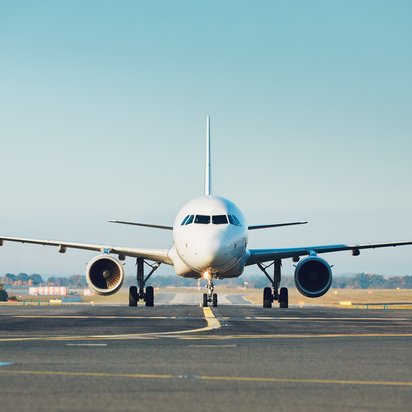CORSIA (Carbon Offsetting and Reduction Scheme for International Aviation) Verification


CORSIA stands for “Carbon Offsetting and Reduction Scheme for International Aviation”. It is a market-based mechanism being developed by International Civil Aviation Organization (ICAO).
What is the aim of “CORSIA”?
Countries with airlines which undertake international flights have been asked to begin monitoring emissions from 1 January 2019, according to rules agreed in June 2018. Companies operating in all 192 ICAO member countries are required to monitor these emissions, even if they are not participating in the voluntary stages of CORSIA.
How will offsetting requirements work?
At the end of each three-year phase, participating airlines will be required to buy offsets for emissions growth above 2020 levels for each of the previous three years. In the early years of CORSIA, the number of offsets each airline will need to buy will depend on the entire global industry’s emissions growth since 2020, rather than any change in that individual company’s CO2 output.
The requirement to offset emissions will be divided among airlines in proportion to the total CO2 emissions of that company, instead of their growth from 2020. This is referred to as the “sectorial” component of CORSIA.
| Activity |
| Pre-contract stage |
| Strategic analysis |
| Risk analysis |
| Verification plan |
| On-site visit |
| Data verification, analysis and reporting |
| Verification of the correct application of the monitoring methodology as per approved EMP |
| Addressing misstatements and non-conformities |
| Conclusion on the verification findings |
| Verification Report |
| Independent review or Technical Review |
| Authorization to forward Emissions Report |
| Submission of Verification Report and Emissions Report |
How does an Aeroplane Operator Monitor CO2 Emissions?
Applicable Standards/ References